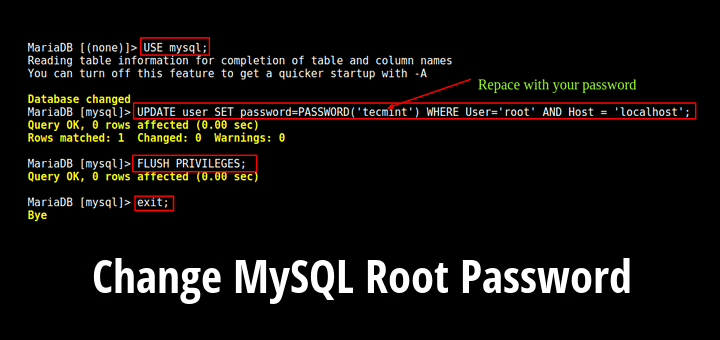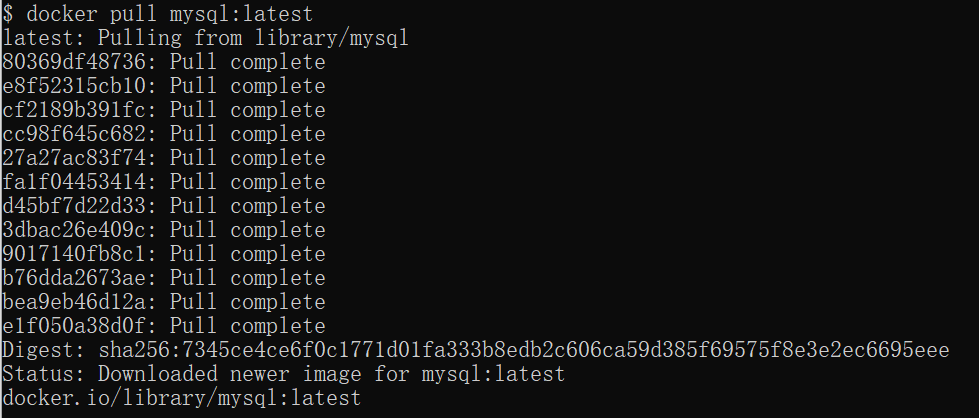

Then restart it to make sure it takes effect: docker-compose exec mysql mysqldump app | gzip > app.sql. 1.Downloading a MySQL Server Docker Image.
#Docker mysql how to#
Let's see how to use mysqldump without having to add the password. SET GLOBAL general_log_file = '/var/log/mysql/query.log' mysqldump # Unfortunately, we need to put the password intoĭocker-compose exec mysql mysqldump -u root -proot app | gzip > Without Password
#Docker mysql pro#
We can make sure our changes took place by running the following SQL within Sequel Pro against the database. Restart the container to suck in the new configuration: # Restart:ĭocker-compose up -d Dynamically, can run commands: We'll get these files on our local system when the container is running.
#Docker mysql update#
We'll update docker-compose.yml to share both the local logs directory and conf.d directory. General-log-file=/var/log/mysql/query.log Docker-Compose Update cnf files to customize how MySQL behaves (we'll be enabling the general database log).

For older versions use the tags available with above command. # NOTE: WE GRAB THIS SO IT'S STILL THERE, SINCE WE'LL BE OVER-RIDING ITĭocker-compose exec mysql cat /etc/mysql/conf.d/docker.cnf > docker.cnf To download the MySQL Server image, run this command: shell> docker pull mysql/mysql-server:tag If :tag is omitted, the latest tag is used by default and the image for the latest GA version of MySQL Server is downloaded. # and then mount the directory into mysql # Anything loaded here is used, so lets grab docker.cnf We'll grab the logs from conf.d so we can recreate them, as we'll be recreating and customizing these. Let's see inside the container and see where logs belong. We simply connect to it using 127.0.0.1 and port 3306, since the container is sharing port 3306 to our host file system. We can see how to use Sequel Pro to connect to the database. Let's see the created volume: docker volume ls Sequel Pro The following describes how to setup a Docker container that runs a MySQL database. To enable Port forwarding for MySQL and phpMyAdmin, perform the following steps: Open Oracle VM Virtual Box Select your Docker Machine VirtualBox image (e.g. While we only spin up one container, this still makes it much easier since we need to pass it a decent number of options. This is the Git repo of the Docker Official Image for mysql (not to be confused with any official mysql image provided by mysql upstream). We'll use docker-compose to create the mysql container.

We'll cover using a MySQL container in development. Docker-hubMySQL docker pull mysql MYSQLROOTPASSWORD docker run -it -name test-wolrd-mysql -e MYSQLROOTPASSWORDmysql -d mysql:latest docker exec.


 0 kommentar(er)
0 kommentar(er)
